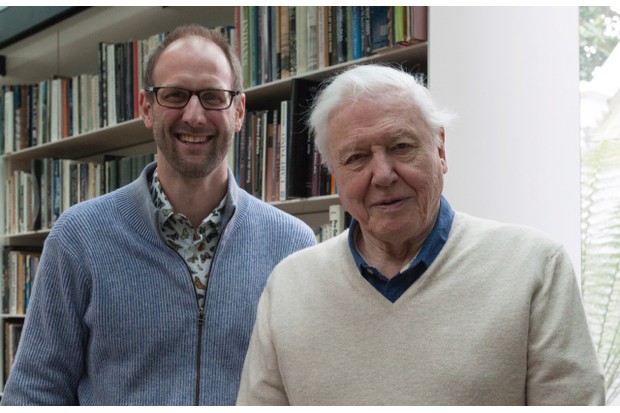Many of us have struggled with chopsticks – now imagine using them blindfolded. That’s effectively what wading birds do when they push their bills into mud to probe for worms, bivalve molluscs and other invertebrates. This is an enormously abundant, protein-rich resource – provided you can reach it.
“If you’re a long-billed shorebird such as a godwit, curlew, snipe, redshank, knot or dunlin, vision has little to do with feeding, other than glancing sideways to check if other birds near you have found a productive spot,” says wader aficionado Graham Appleton. “These waders have high-set eyes – perfect for spotting predators, rather than for looking down their beaks.”
Instead, Graham says, the birds make use of selectively bendy bills. “They have a remarkable ability known as distal rhynchokinesis, which means that the final section of the upper part of their bill can flex upwards independently of the rest of the bill. This action opens the tip of their bill wide enough to seize prey, even while buried deep in mud or wet sand.”
The second key feeding adaptation used by wading birds is a tiny structure called a Herbst corpuscle. “Masses of these miniature sensors line their bill-tips,” Graham explains.
“They’re primed to pick up pressure waves bouncing back from solid objects – prey – in mud or wet sand. When feeding, waders steadily move forwards, probing the mud with a ‘stitching’ action as they feel for the next pressure wave. It’s a bit like echolocating, only in soft ooze rather than air.”
Did you know?
In several long-billed waders such as godwits and curlews, the female has a longer beak so that the sexes can target different prey and do not compete for food.
Do you have a wildlife question you’d like answered? Email your question to wildquestions@immediate.co.uk or post it to Q&A, BBC Wildlife Magazine, Immediate Media Company, Eagle House, Bristol, BS1 4ST.
